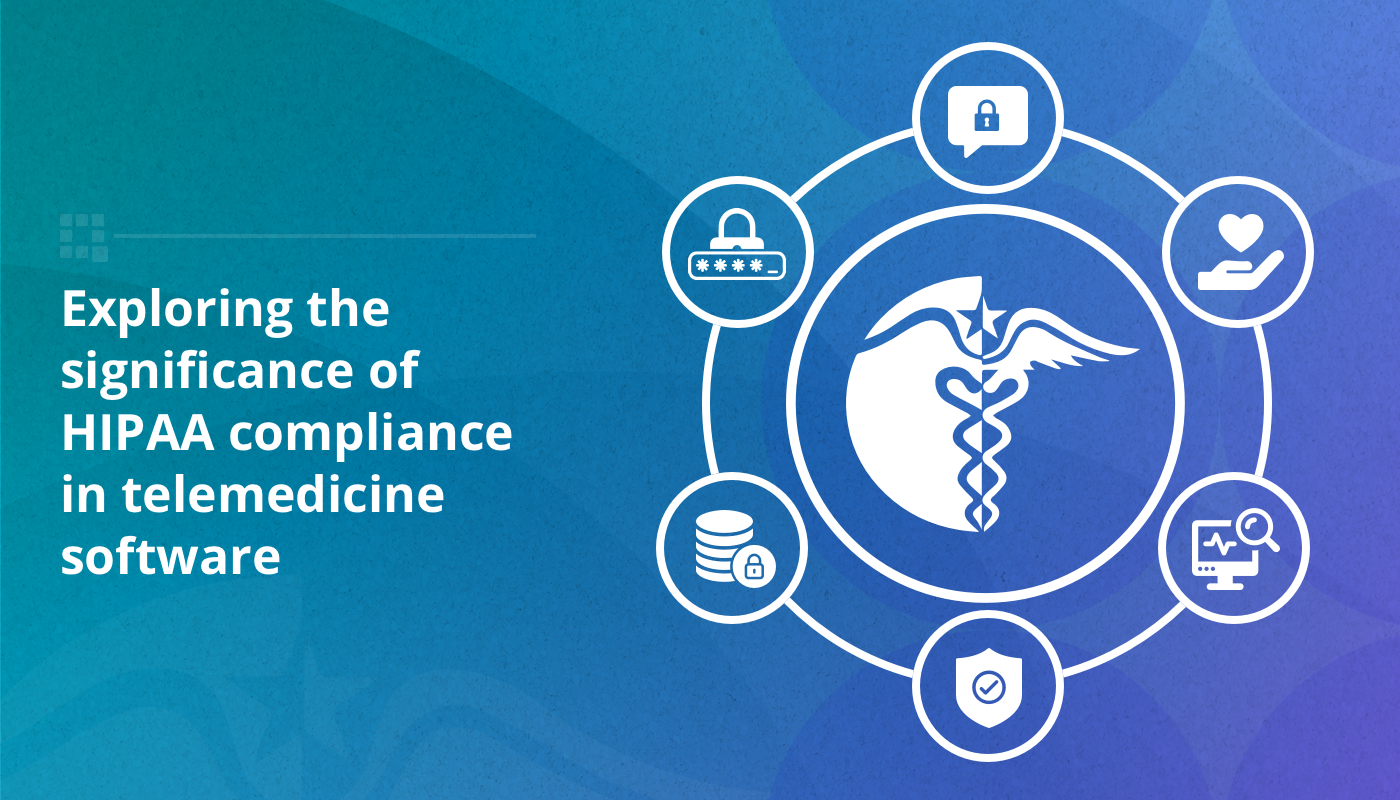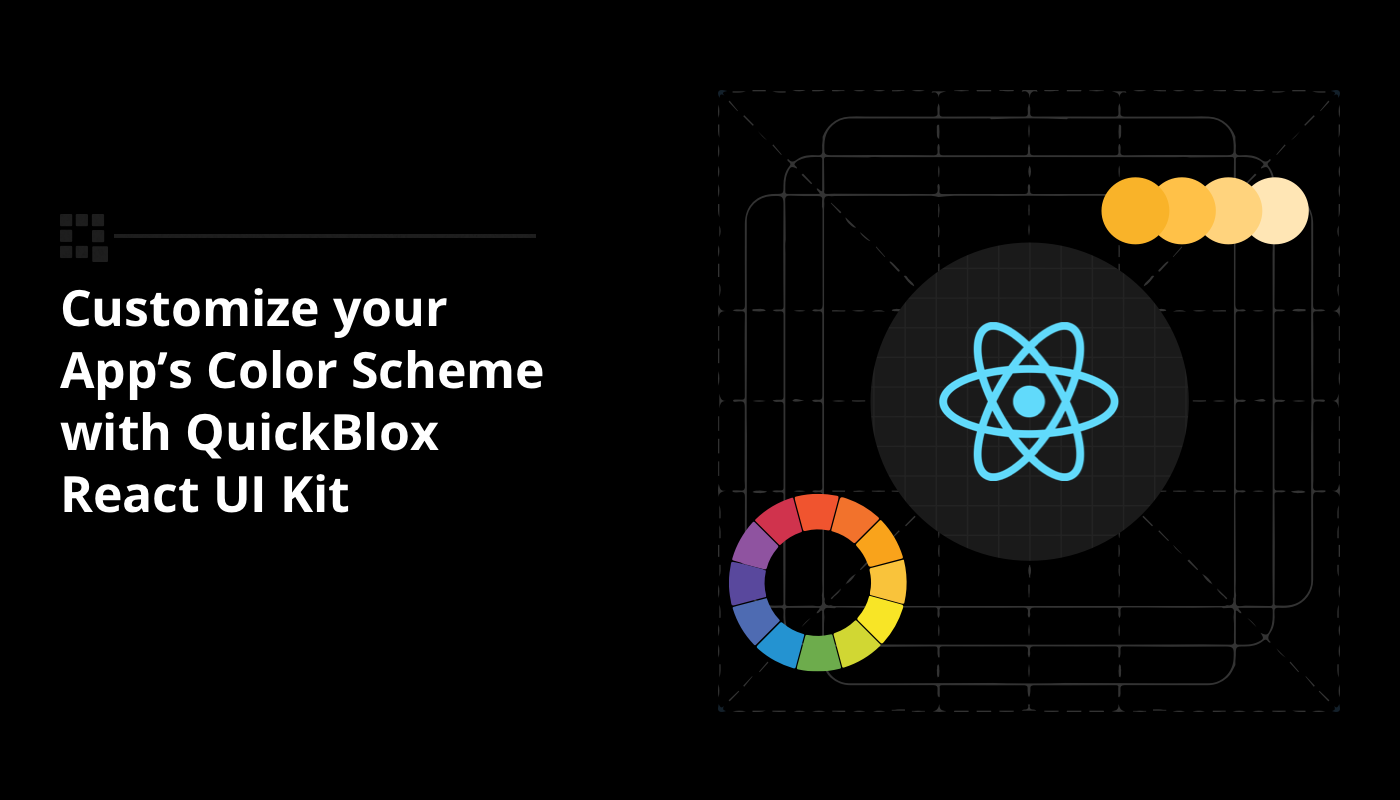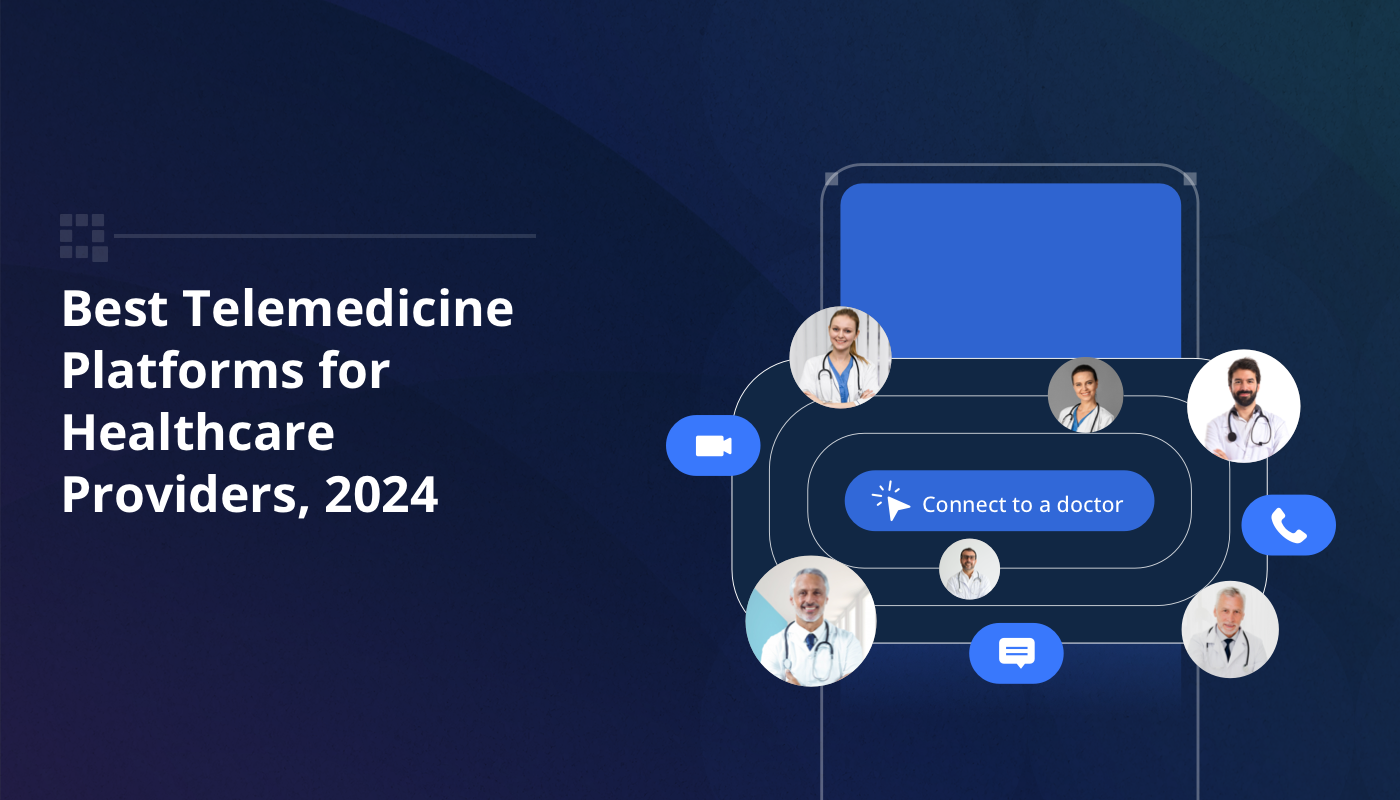
Summary: This article explores the significance of HIPAA compliance in telemedicine software. It first explains HIPAA and outlines why this is a must when using telehealth solutions. Next, it outlines how HIPAA regulations translate into actual features on a telemedicine platform. Lastly, it highlights key steps for implementing a HIPAA compliant solution.
Table of Contents
Introduction
While telemedicine platforms are fast becoming a permanent and commonplace fixture of modern healthcare, patient wariness about the security of these platforms persists. Among telehealth providers surveyed in one study, 52% noted instances where patients declined to participate in telehealth services due to concerns about the technology’s ability to safeguard their data security and privacy. Their concerns are not unfounded. The number of data breaches continues to rise. 2023 is reportedly the worst year on record, with 725 large security breaches in healthcare reported to the Department of Health and Human Services (HHS) Office for Civil Rights (OCR).
For telemedicine to prove effective, patient trust in this technology is crucial. The Health Insurance Portability and Accountability Act, otherwise known as HIPAA, acts as the bedrock of this trust, assuring individuals that their most sensitive health information is handled with the utmost care and confidentiality. By adhering to stringent regulations, HIPAA-compliant telemedicine software not only meets legal requirements but also fosters an environment where patients can confidently engage in virtual consultations, knowing that their health data is shielded from unauthorized access. Let’s explore in more detail the significance of HIPAA compliance in telehealth software.
Learn more about, Top 4 Essential Telemedicine Features You Need to Know
Decoding HIPAA Compliance
HIPAA lays down a set of standards to protect sensitive patient health information, notably maintaining integrity, confidentiality, and availability of electronic protected health information (e-PHI). Healthcare providers that handle e-PHI, and their “business associates” (such as telemedicine software providers) that may come into contact with e-PHI are bound by its regulations.
Key regulations of HIPAA include:
The Privacy Rule – this governs the use and disclosure of e-PHI by covered entities and their business associates. It outlines patients’ rights regarding their health information, including the right to access, request amendments, and be informed about how their data is used. The primary goal of the Privacy Rule is to ensure the confidentiality and security of individuals’ health information while allowing for the necessary flow of information for healthcare purposes.
The Security Rule – outlines specific safeguards that covered entities and their business associates must implement to ensure the security of electronic health information. These safeguards are categorized into three main groups.
- Administrative safeguards involve the implementation of policies and procedures to manage security measures to protect ePHI, for example, ensuring that only authorized individuals have access.
- Physical safeguards address the physical access to electronic information systems and the facilities in which they are housed to protect against unauthorized access, tampering, and theft.
- Technical safeguards which form the heartbeat of HIPAA compliant telemedicine software focus on the technology and security measures to protect and control access to ePHI. This includes measures such as access controls, unique user identifications, encryption, integrity controls, transmission security, audit controls, and emergency access procedures.
Learn more about, Step-by-Step Guide for Building a Successful Telemedicine App
Why does Compliance-Driven Telemedicine Matter?
For a telemedicine software solution to be HIPAA compliant, it must fulfill an array of stringent compliance principles. Implementing and maintaining a HIPAA compliant telemedicine application can be onerous, but ultimately necessary and beneficial. If organizations are ever left wondering why using HIPAA-regulated telemedicine software is so crucial, here are three compelling reasons:
- Keeping Patient Data Secure
Using compliance-driven telemedicine platforms is the surest way to provide a bulwark against unauthorized access to patients’ sensitive medical information. Using this type of software ensures that the communication between healthcare providers and patients is safeguarded through encrypted data transmission, secure storage, and robust access control mechanisms. It ensures that the delivery of digital healthcare services abides by stringent confidentiality standards.
- Regulatory Compliance
Of course there are also compelling legal reasons to use this software. Adherence to HIPAA regulations is mandatory for healthcare providers and organizations. Utilizing HIPAA-compliant telehealth software ensures compliance with the law, minimizing the risk of regulatory fines and legal consequences. Compliance also safeguards the organization’s reputation by demonstrating a commitment to ethical and secure healthcare practices, fostering trust among patients and partners.
- Patient Trust
The significance of employing HIPAA-compliant telemedicine applications extends beyond mere compliance. Patients are more likely to engage with telemedicine services when they have confidence in the privacy and security of their data. HIPAA compliance assures patients that their digital communications and data are safe and private, encouraging a broader acceptance of telemedicine services.
In short, a HIPAA-compliant telemedicine software doesn’t just ward off potential legal pitfalls; it also plays a pivotal role in bolstering patient trust and promoting the adoption of remote healthcare services. In the long run, this could result in better patient outcomes, increased patient participation, and an overall advancement in healthcare delivery. Efficacy and trust, it seems, go hand in hand when it comes to the world of telemedicine.
Learn more about, 20 Best Telemedicine Apps for Providers and Patients
HIPAA serves as a comprehensive regulatory compass for telemedicine platforms, guiding the incorporation of features that prioritize patient privacy, data security, and compliance. By translating these regulations into practical elements within their software, telemedicine platforms ensure that the virtual healthcare landscape aligns with the highest standards of regulatory adherence and patient-centric care. In this section, we’ll explain how the key aspects of HIPAA regulations translate into practical features within telemedicine software.
Electronic Health Record (EHR) Integration
HIPAA mandates the secure handling of Electronic Protected Health Information, which includes patient records stored in electronic health records. Compliance-driven telemedicine platforms prioritize seamless EHR integration. This ensures that patient data flows securely between the telemedicine platform and existing health information systems, creating a unified and comprehensive patient record accessible to authorized healthcare providers.
Secure Messaging and Video Conferencing
The Privacy Rule of HIPAA emphasizes the need for secure communication channels, especially in the context of telemedicine. To comply with this, HIPAA-regulated telemedicine software incorporates secure messaging and video conferencing features. Encryption protocols, secure transmission, and protected data storage during virtual consultations not only meet HIPAA standards but also create a secure environment for confidential patient-provider communications.
Access Controls and Authentication Protocols
HIPAA’s Security Rule underscores the importance of controlling access to patient information. HIPAA compliant telehealth software translates this into robust access controls and authentication protocols. Multi-factor authentication ensures that only authorized healthcare providers can access patient data, safeguarding against unauthorized access and potential data breaches.
Audit Trails and Monitoring
To comply with the Security Rule, telemedicine applications implement audit trails and monitoring features. These functionalities track user activities, changes to patient records, and system access. By maintaining comprehensive audit logs, platforms not only adhere to HIPAA regulations but also establish accountability, allowing healthcare providers to monitor and review interactions for security and compliance purposes.
Data Encryption and Transmission Security
HIPAA’s emphasis on protecting the integrity of ePHI during transmission is reflected in telemedicine platforms through robust data encryption and secure transmission protocols. Secure Socket Layer (SSL) and Transport Layer Security (TLS) encryption ensure that patient information remains confidential during transmission between devices, reducing the risk of interception or unauthorized access.
Implementing telemedicine software that is HIPAA compliant poses some challenges, but given the importance of adhering to regulatory standards, it’s crucial to follow industry best practices.
- Conduct a Risk Assessment
The first step towards creating compliance-driven telemedicine platforms is conducting a risk assessment. Identify potential areas of vulnerability in your system, from storage and transmission of ePHI to password security. This will give you a comprehensive understanding of your system’s strengths and weaknesses and establish a baseline for your HIPAA compliance efforts.
- Implement HIPAA Safeguards
Once you’ve identified potential risks, start implementing robust technical, physical, and administrative safeguards. Create a checklist of what’s needed and work through methodically.
- Ongoing Monitoring
Staying HIPAA compliant involves not only implementing, but maintaining and updating security measures. Regular audits and evaluations should be conducted to ensure ongoing compliance and to update protective measures against new emerging threats.
- Transparent Communication with Patients
Moreover, privacy policies and user agreements should transparently communicate to patients how their data will be used and protected. Doing so not only supports trust in your platform but signifies a commitment to adhering to HIPAA standards.
- Staff Training
Finally, remember, security is a shared responsibility. Educate your team on the principle of ‘minimum necessary’ information usage. Limit the access of e-PHI to the minimum necessary to perform their job functions.
By following these best practices, you’ll ensure the foundation of a HIPAA compliant telemedicine software that’ll provide significant value to patients and healthcare providers alike. Compliance is not an end goal but a continuous process, a commitment to keeping customers’ data safe—and that is the cornerstone of ensuring safeguarded teleconsultation software telemedicine.
Ready to Implement HIPAA Compliant Telehealth Software?
HIPAA compliance is undeniably a significant aspect of telemedicine software. As teleconsultations continue to proliferate, a robust software system that supports this growth while adequately protecting patient information becomes a necessity. When a telemedicine platform aligns with HIPAA guidelines, it not only guarantees the safeguarding of private patient data but also earns the trust of users, which is a critical component for success in the current healthcare scenario.
QuickBlox offers HIPAA compliant telemedicine software, including a ready video consultation solution, as well as a HIPAA compliant AI Assistant that can be embedded into any website. Contact us to find out more.
Talk to a sales expert
Learn more about our products and get your questions answered.
Contact sales



















